Women’s History Month – Dale DeBakcsy
Getting Back Up: Tales from the Long Fall and Triumphant Rebirth of Medical Women.
From forty-seven centuries ago, deep in the mists of Egypt’s Old Kingdom, there comes to us a name, Peseshet, and a title, Lady Overseer of the Female Physicians, that speaks of a time when women practiced medicine so freely and openly that their numbers necessitated the creation of new bureaucracies to organize them. It was a trend that would continue into ancient Greek times, when women were recorded not only to be experts in herbal medicines, but performers of operations, and authors of medical texts, and further extend into the Middle Ages, when powerful women like Anna Komnene (1083-1148) and Agnes of Bohemia (1205-1282) established and administered new hospitals, while in the Italian medical mecca of Salerno a powerful phalanx of women physicians, headed by Trota of Salerno (12th century), threw down the gauntlet to a thousand years of Galenic medical tradition, and argued for a new, practical approach to medicine based on what actually worked, rather than what was theoretically supposed to work.
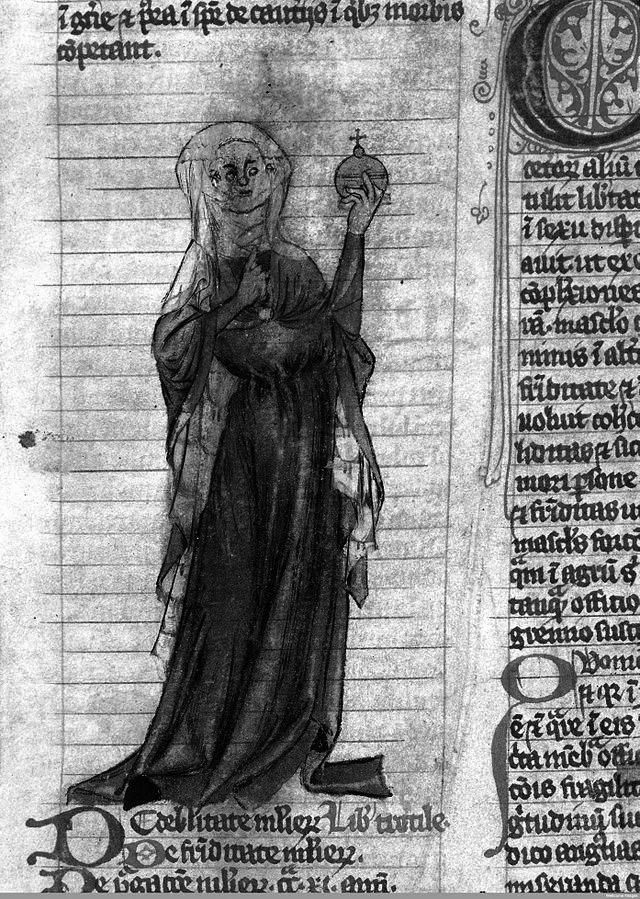
With so much momentum and tradition behind them, women physicians should have burst into the modern age in force, but in fact quite the opposite happened. As medicine professionalized itself as a discipline, it took as one of its core principles the idea that women were unsuited for the grim realities of medical life and were to be (for their own good, of course) robustly kept from it. In England and France, Italy and Germany, new requirements for the practice of medicine were established, and should a woman, such as Dorothea Erxleben (1715-1762) or Angelique du Coudray (~1712-1794) fight their way to a measure of official status and respectability, the medical establishment acted quickly to ensure that even those obscure and tortuous paths to practice they managed to chisel out for themselves were closed off to hopeful future practitioners.
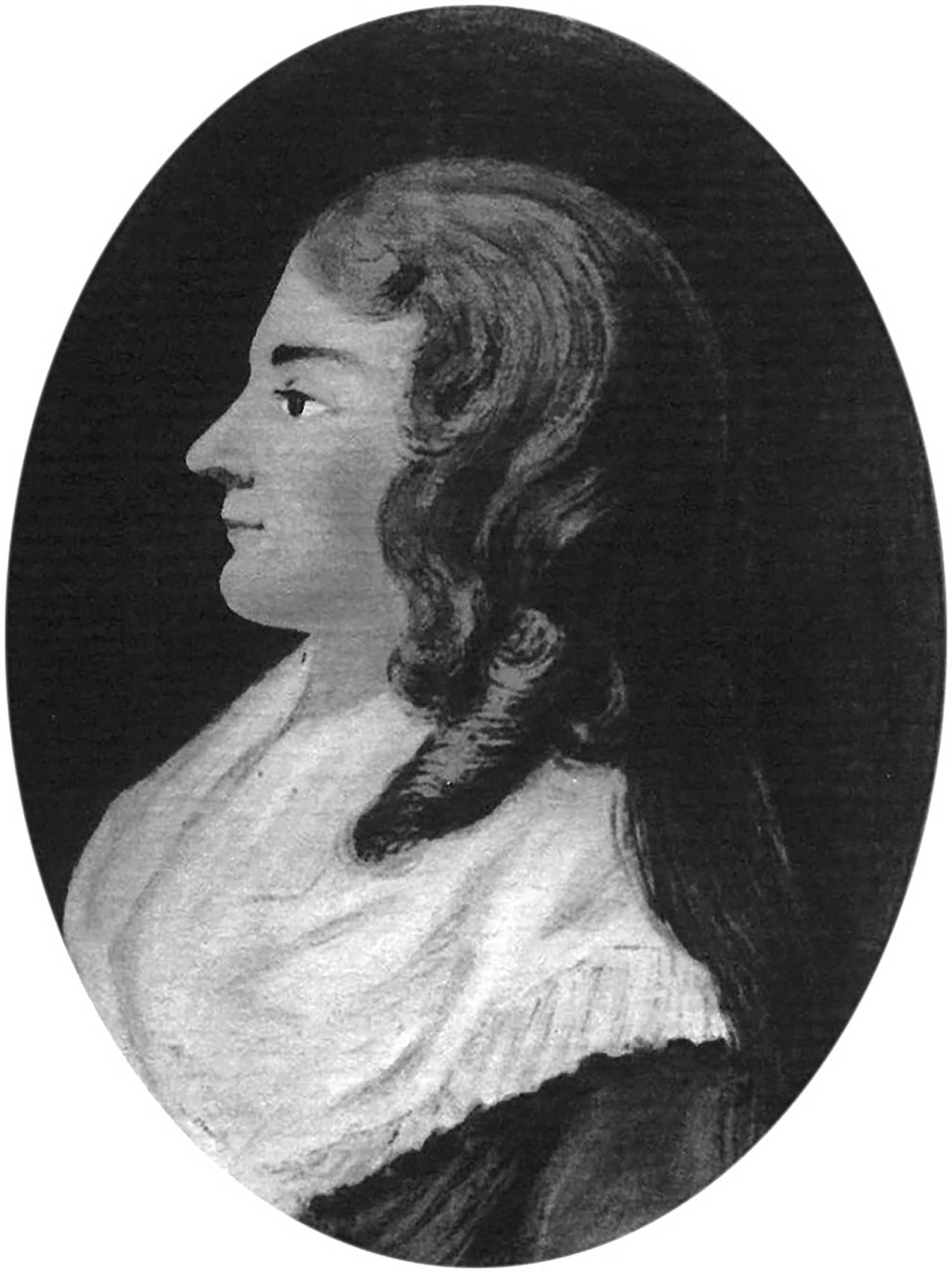
In the words of my people, a showdown was a-brewin’. The nineteenth century witnessed the great climactic battles between a dedicated cadre of women, devoted to the principle that they had a right to a medical education, and the towering edifices of medical officialdom that had all of the institutional resources at their disposal, save that of representing a just cause. Here rose the personalities that inspire us still, each tackling the problem of women’s access to the doctoring professions in their own unique way, from the conservative instincts of Elizabeth Garrett Anderson to the confrontational strategizing of Sophia Jex-Blake, and from the institutional genius of Elizabeth Blackwell to the bold research principles of Mary Putnam Jacobi. In the United States and England there arose the greatest generation, an exploding cohort of nurses and physicians whose steadfast desire to lessen the sufferings of humanity conquered all the institutional inertia which sought to keep them from realizing their ends.
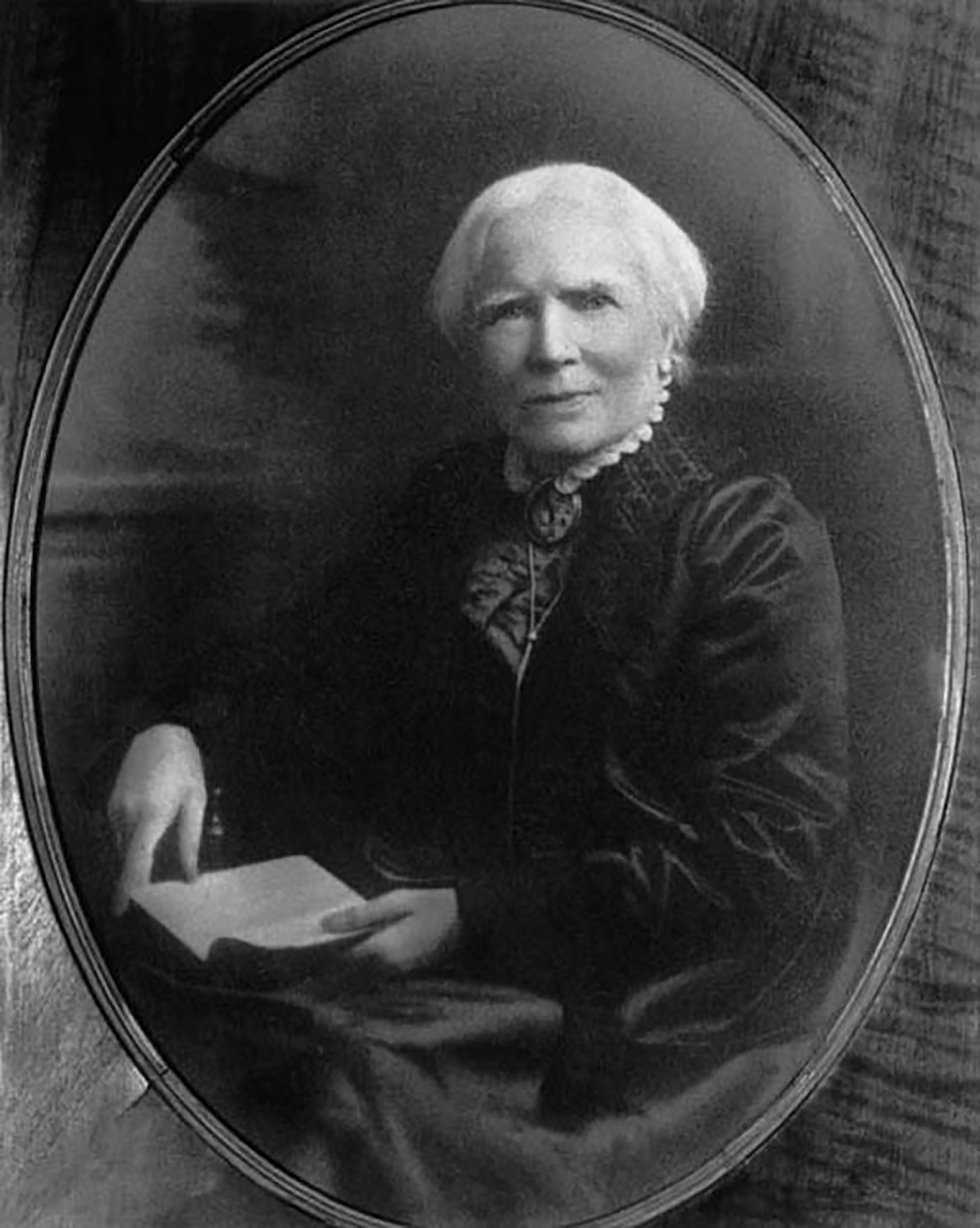
With the educational and training institutions in place to give women not only a place to study, but a place to practice their craft after receiving their diplomas, it was not long before the call to medical service reached new populations and far-flung nations, with Greece’s Angeliki Panajiotatou (1875-1954), Russia’s Nadezhda Prokof’evna Suslova (1843-1918), India’s Anandibai Joshee (1865-1877), and Turkey’s Safiye Ali (1894-1952) becoming the first women in their respective countries to earn a medical degree, while in the United States black women began the long, arduous crawl towards official recognition, with Rebecca Crumpler, Rebecca Cole, Susan Steward, and Sarah Loguen Fraser leading the way in the 1860s and 1870s, earning medical degrees in a nation racked by the Civil War and its aftermath, and figures like Estelle Massey Osborne carrying the struggle into the Twentieth Century, eventually compelling the US medical scene to recognize and incorporate black nurses into its most important institutions.
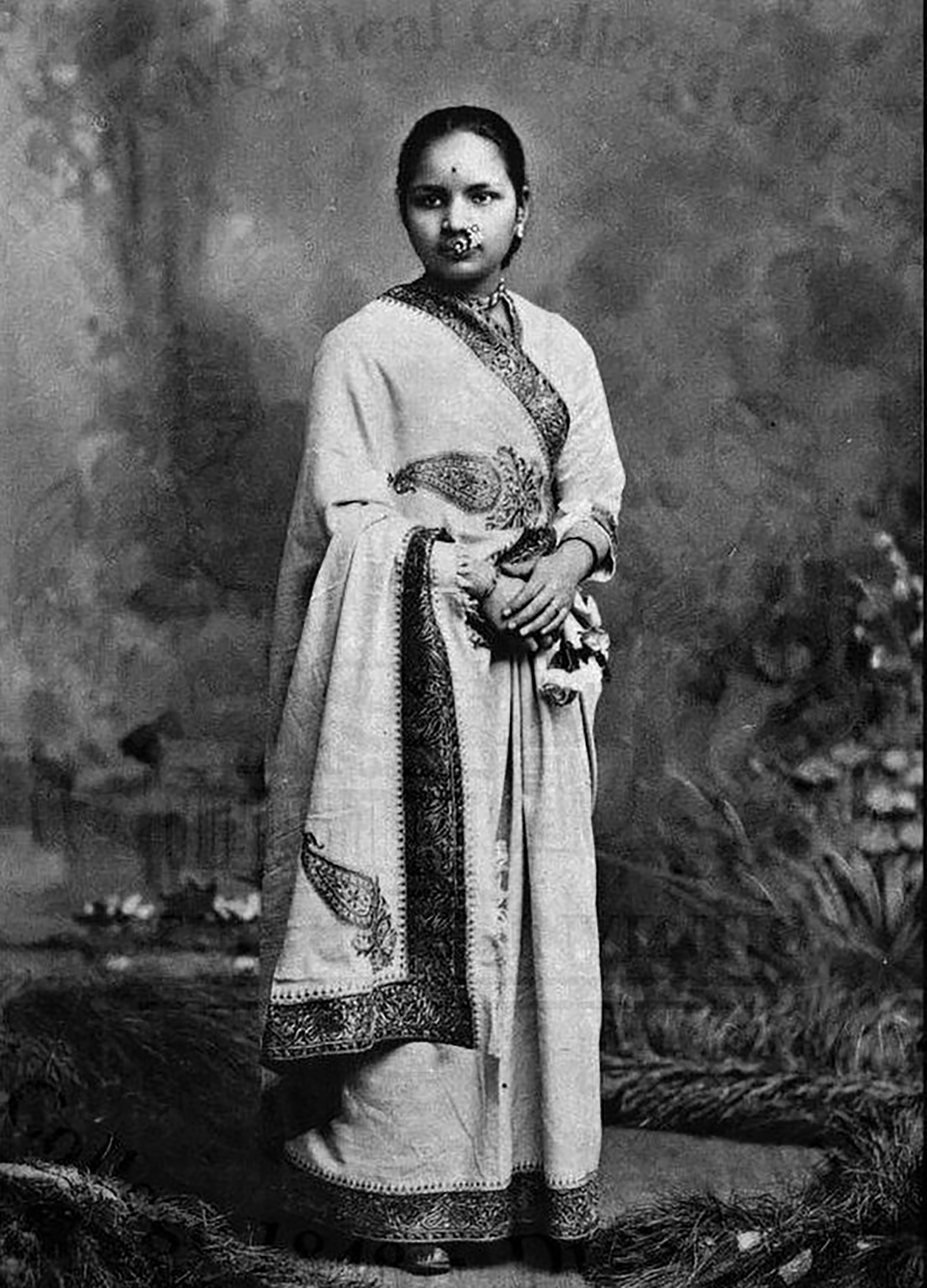
By the Twentieth Century, then, all the pieces were finally in place for women to resume the mantle of medical authority that had been stripped of them at the dawn of the modern era, and they responded with an explosion of activity, making foundational contributions to medical practice, administration, research, and policy. While Sara Josephine Baker was erecting the public health institutions that would finally begin making a dent in the unspeakable mortality rates of the teeming New York City tenements, Icie Macie Hoobler was performing the first thorough analysis of the chemical makeup of breast-milk, Florence Sabin was revolutionizing our conception of the lymphatic system, and Margaret Sanger was breaking women out of the serial pregnancy cycle that heretofore dominated their lives by illegally educating them about their bodies and funding the development of safe and effective birth control.
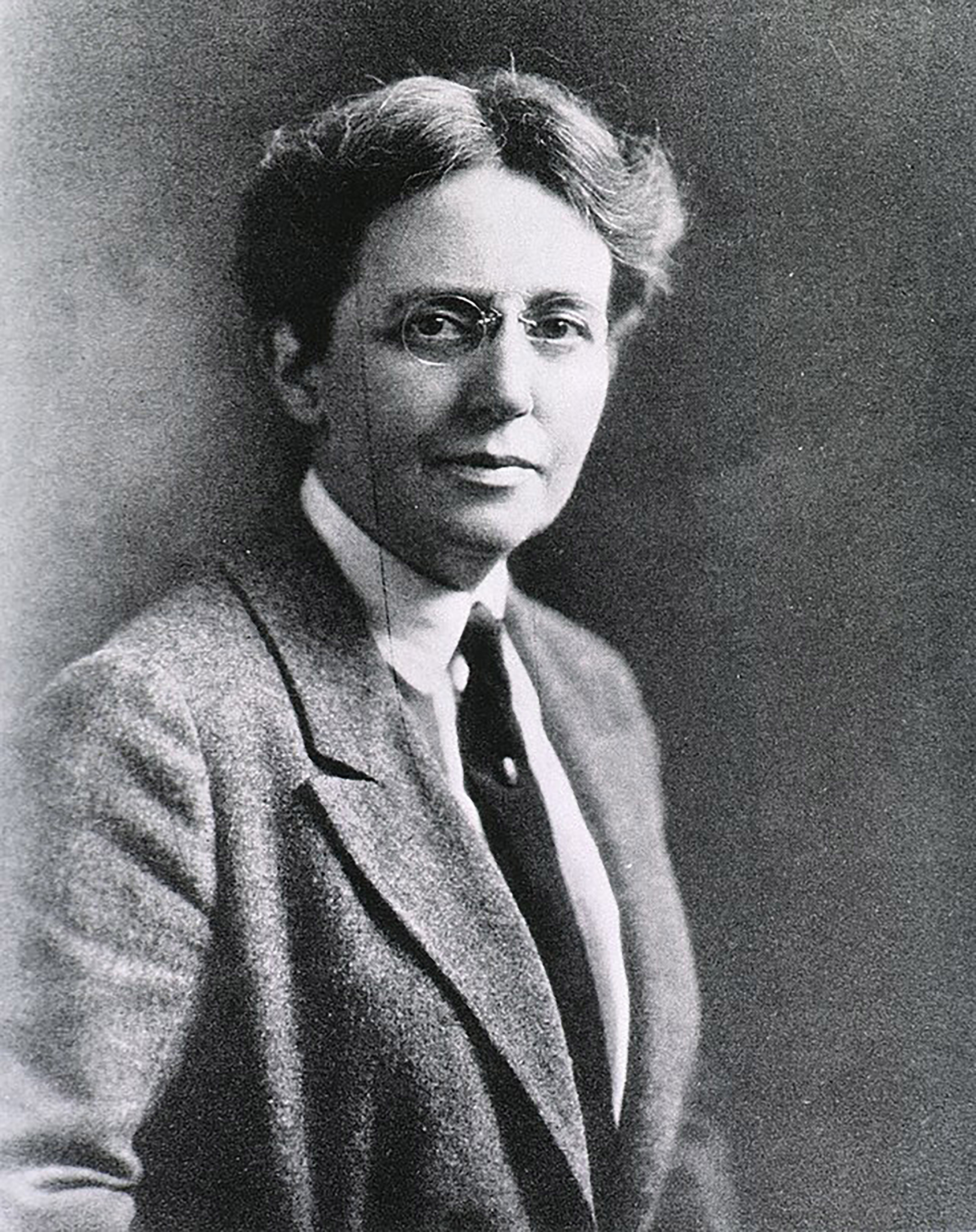
Soon, women were heading some of the globe’s most prominent health initiatives. In China, Tu Youyou led the drive to find a cure to malaria, ultimately winning the Nobel Prize for her discovery of artemisinin, while in France Françoise Barré-Sinoussi not only discovered the virus responsible for AIDS, but has played a chief role in directing the international response to the disease, and in Australia Helen Caldicott was the driving force behind organizing physicians to take a unified stand on the proliferation of nuclear weapons and educate the public about the long-term effects of radiation.
Today, while professionally women have not achieved parity with their male peers, representing only 36.3 percent of practicing physicians as of a 2019 study, the momentum is decidedly on their side, with women medical students crossing the threshold in 2017 to become the majority presence at universities, today representing some 55.6 percent of matriculating MD students in the United States. After three centuries of hard scrabble negotiation and activism, balance is finally on the horizon, and with it the prospect that gender will no longer be a barrier to young women passionate about a life of medical service, who will take their place in a pantheon stretching back to Peseshet herself, and forward to generations of talented women to come, unencumbered by official restraint, and doing their equal part in curing the ever more complicated ills of the human race.
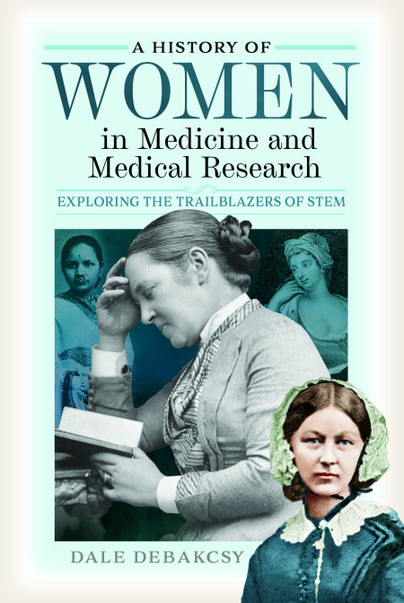
A History of Women in Medicine and Medical Research is available to order here.

